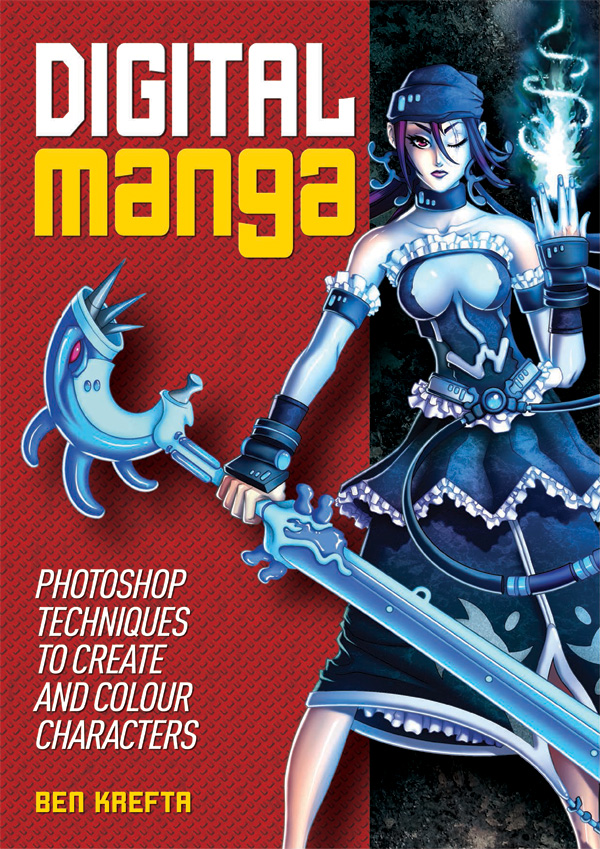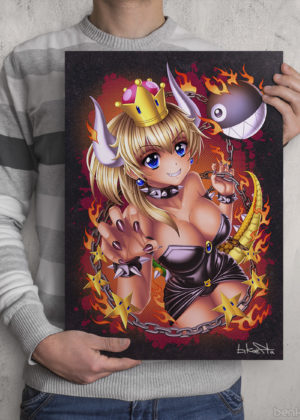As a freelancer:
I joined up to Freelancer.com a number of years ago- my first experience with crowd sourcing- which is basically a case of assigning work you need done to a crowd of potential bidders on the internet.
It sounded like a great idea- there's lots of work to go around from potential employers and providing you can put forward a good case for each project, there didn't seem much reason not to be provided a regular stream of work.
However, there's a few issues I wanted to highlight after having used the site several times.
1. Getting work is difficult!
When bidding on a project you start at the bottom of the rankings list. That's until you complete more jobs, earn more money and receive positive reviews through the site itself. You may have had decades of experience off-site, but that fact is irrelevant to how you're ranked on the freelancer.com bidding list. Competing against the regular freelancers on the site will therefore be challenging- they will have already completed work specifically through the site and boosted their rank, despite not necessarily being the most talented, hard working, professional or suitable candidate on the list. To compete you'll need to build your site rank and to do this to start getting better paid jobs and until then, you'll have to under-sell your services to stand out and have a chance of being selected to work on any given project which may already have a several, if not dozens of bidders already.
2. Reviews can be bullshit
I entered a graphic design competition on the site, won it out 20 or so other entries. Great! Especially considering I'm a much stronger illustrator than I am graphic designer. However, being given a 2 star review from it wasn't so great! Why did this happen? I was marked down in my review for things like 'lack of communication' despite the fact there was never an opportunity to communicate - the competition format simply allowed submission of entries and then a winner was chosen. As a person who takes his level of service and professionalism seriously, I'll always aim for nothing less than a 5 star rating and will go the extra mile with my clients to make sure their expectations are always met if not exceeded. It's pretty annoying that my account is now stuck with this unfair, unjustified poor review and it gives a completely wrong impression of my work ethic, lowering my chances of getting hired for future projects.
If my art or design ability wasn't up to an employers standards, I'd be more than happy for them to award a different winner, or in this case I'd rather just give them the work for free than receive a poor review... Yeah, it pissed me off.
Reviews count for a lot on Freelancer since they contribute to your ranking as a professional, but they don't always indicate a freelancer's actual knowledge, ability, experience or professionalism.
3. Can't compete with the rest of the world
I don't live in a developing country. I need to earn enough and charge an adequate fee to an employer to be able to pay the cost of living in the UK. Most freelancers are from countries such as India and Bangladesh where the cost of living is less and so are able to complete a project for 10-50% the cost of out-sourcing to a UK freelancer. If you want to earn a fair amount for your time and pay your bills with the money you earn through Freelancer, forget about it!
As an Employer:
I've also used the site as an employer to find assistants to help with parts of a project I couldn't quite finish myself. When it works, it's great- you get exactly what you want for a very reasonable price. When it doesn't work out however it can become a very stressful experience.
1. The standard of freelancers vary
Communication is an issue- since most are from non-English speaking countries. Be prepared to deal with broken English and a degree of rudeness and unprofessionalism from many freelancers on the site.
2. Lots of Time Wasters
I've so far awarded seven projects to bidders, but only two ended up starting and completing the work. The others would either ignore messages or make endless excuses, stating they'll start it tomorrow and tomorrow never comes. This wastes days or weeks dealing with freelancers who have no intention of working.
3. Piss takers
Right now I am listing a 'micro project' to edit a few lines of code on a web page. I've listed my budget of £10-£20. It's 1-4 hours work max. Yet some freelancers will ask for hundreds of pounds. One guy is currently asking for £2600 for the job! Obviously they can charge whatever they like, but surely a lot of freelancers don't even read the briefs of the jobs they bid on.
Freelancer.com acts as the middle man between Freelancer and Employer and is always looking to leach as much money off everyone as they can. Making Paypal deposits incurs a fee. Awarding a project incurs a fee, accepting a project incurs a fee, resolving disputes incurs a fee, deleting a project incurs a fee and that's before dealing with the many up-sell or boosting services the site constantly pushes for. They'll even steal your earnings or deposits if you don't log into your account on a regular basis!
So I'm currently listing my last micro project on Freelancer and hopefully once it's finish, I'll never have to waste my time with the site again.










 RSS – Posts
RSS – Posts